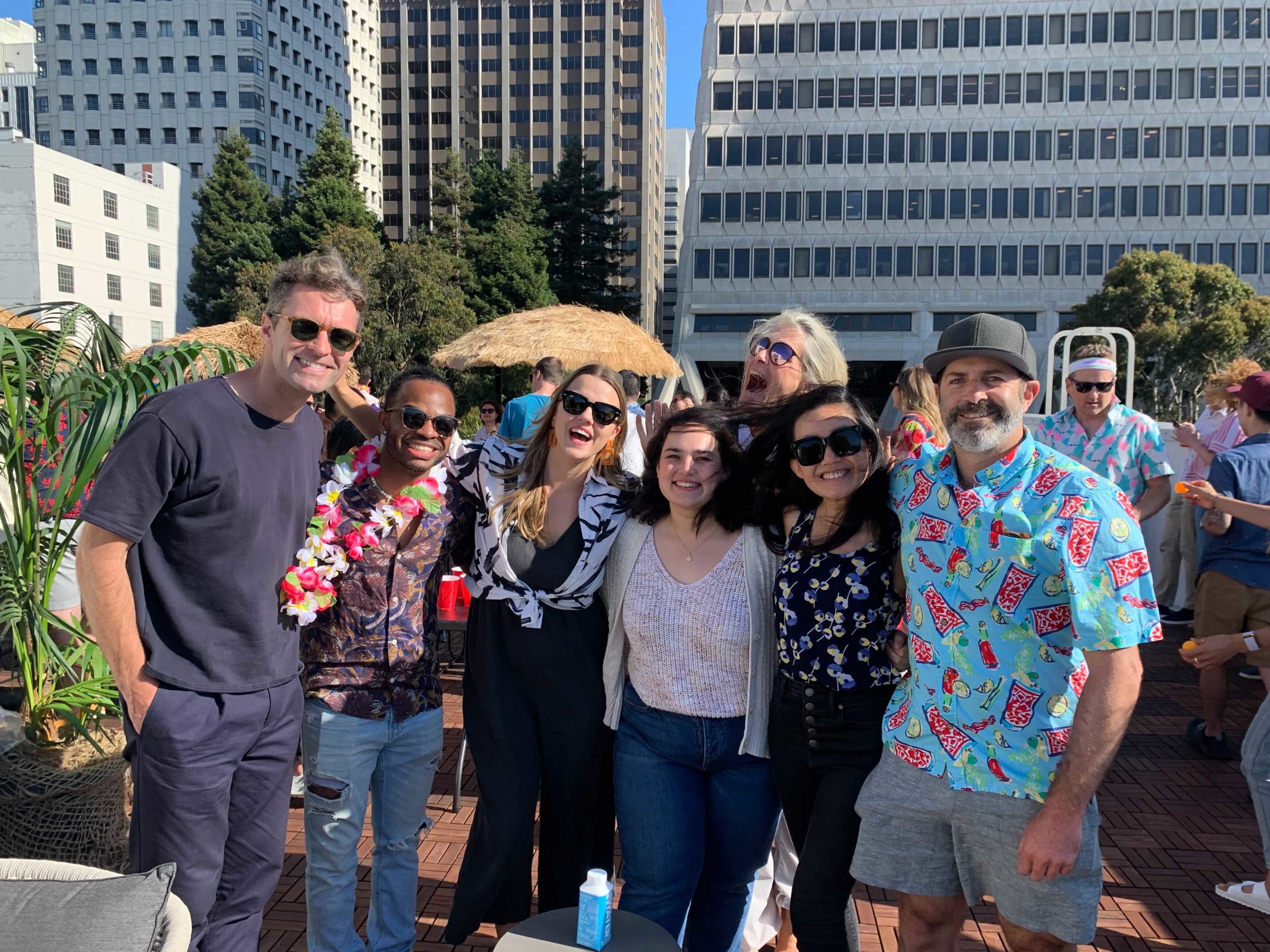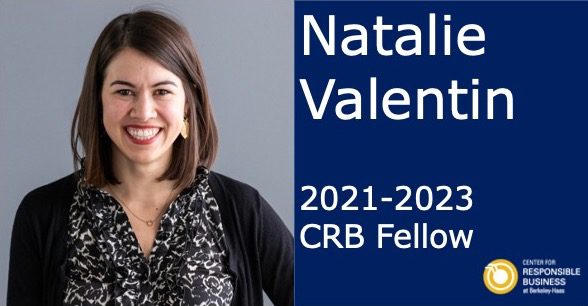Case Studies: Inspiring the Next Generation of Responsible Leaders

Authoring sustainability-minded case studies is one way the CRB helps move sustainability further into the mainstream. Working with the Berkeley-Haas Case Series and the California Management Review, we develop case studies suitable for inclusion into the general business school curriculum. Our cases allow leading faculty and practitioners to collaborate in bringing the cutting edge of responsible business to future leaders.
The CRB focuses on cases that tackle real-time sustainability challenges companies face. In developing cases with partner companies, we are able to tackle real-time sustainability challenges companies face and present them to the next generation of responsible business leaders.
See below for a sample of award-winning cases produced by the CRB:
Levi Strauss & Co.: Driving Adoption of Green Chemistry

Robert Strand and Martin Mulvihill
This case examines the challenges and opportunities faced by Levi Strauss & Co. (LS&Co.) as it attempts to help establish a cross-industry sustainability initiative to eliminate hazardous chemicals in the apparel supply chain. LS&Co.’s Screened Chemistry Program screened chemical formulations against human and environmental health hazard endpoints before they chemicals entered the supply chain. This shift represents a radicle radical departure from the status quo that requires widespread collaboration across the industry to implement. This case explores the associated challenges and opportunities to achieve cross-industry collaboration to achieve a sustainability objective.
Sustainability Through Open Innovation: Carlsberg and the Green Fiber Bottle

Henry W. Chesbrough, Marcel Bogers, and Robert Strand
The case follows Danish brewer Carlsberg as it develops the Green Fiber Bottle, a beer bottle made of wood pulp, in collaboration with a startup, a small-to-medium sized enterprise (SME), and a Danish University. The case has a dual focus. First, it demonstrates how a company can successfully innovate by leveraging the concept of open innovation. Second, it shows how sustainability – and relatedly, the idea of purpose – can be a powerful motivator to drive open innovation efforts. In this respect, this case serves as one of the first formal documentations of how open innovation can effectively drive innovation activities to address a stated sustainability objective. This co-mingling of sustainability and open innovation has the potential to become a domain in its own right (perhaps under a moniker such as “Sustainable Open Innovation”).
Patagonia’s Path to Carbon Neutrality by 2025

Daniel M. Kammen, Paul Hendricks, Seren Pendleton-Knoll, Vincent Stanley, and Robert Strand
This case study describes Patagonia’s goal to become carbon neutral by 2025 in an absolute sense — that is to reduce emissions to zero while still growing the company. Patagonia also wants to achieve absolute carbon neutrality in such a way that other interested companies can replicate. The case explores aspects of this goal through the eyes of a number of Patagonia employees who work on different teams within the apparel and gear business. Patagonia is attempting to both address its own emissions and act as a leader on a complex, global problem.
Rewarding Consumers for Recycling Packaging: Kimberly-Clark Seeks Shared Value

Sara L. Beckman, Stefanie Robinson, and Seren Pendleton-Knoll
This case describes how Kimberly-Clark is encouraging consumer recycling of flexible plastic film packaging, which is wrapped around many of its products, including paper towels, toilet paper, and more. An infrastructure already exists for consumers to return this film to retail stores for recycling, but estimated return rates remain low. Furthermore, Kimberly-Clark is not directly involved in the recycling transaction; retail stores collect the packaging and sell it to recycling companies. Kimberly-Clark is considering a consumer rewards program to incentivize store return of the packaging. Funding this will require Kimberly-Clark to identify new sources of value throughout the film-packaging lifecycle.



